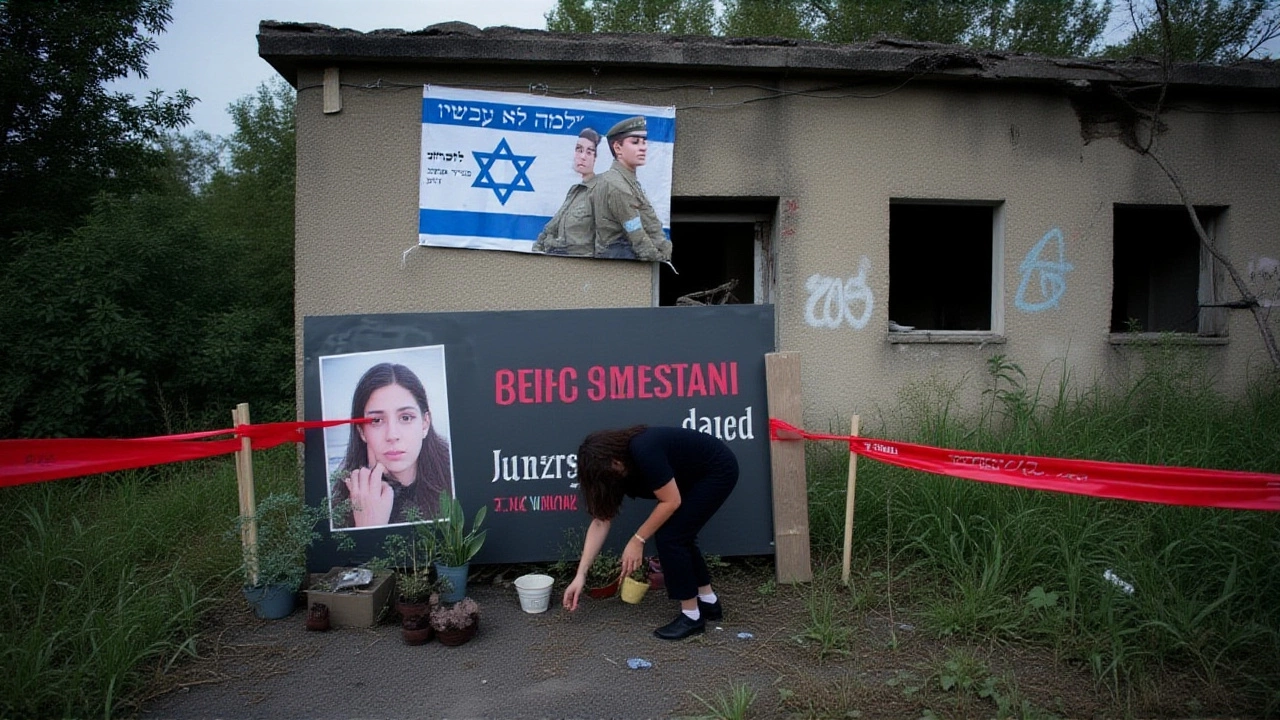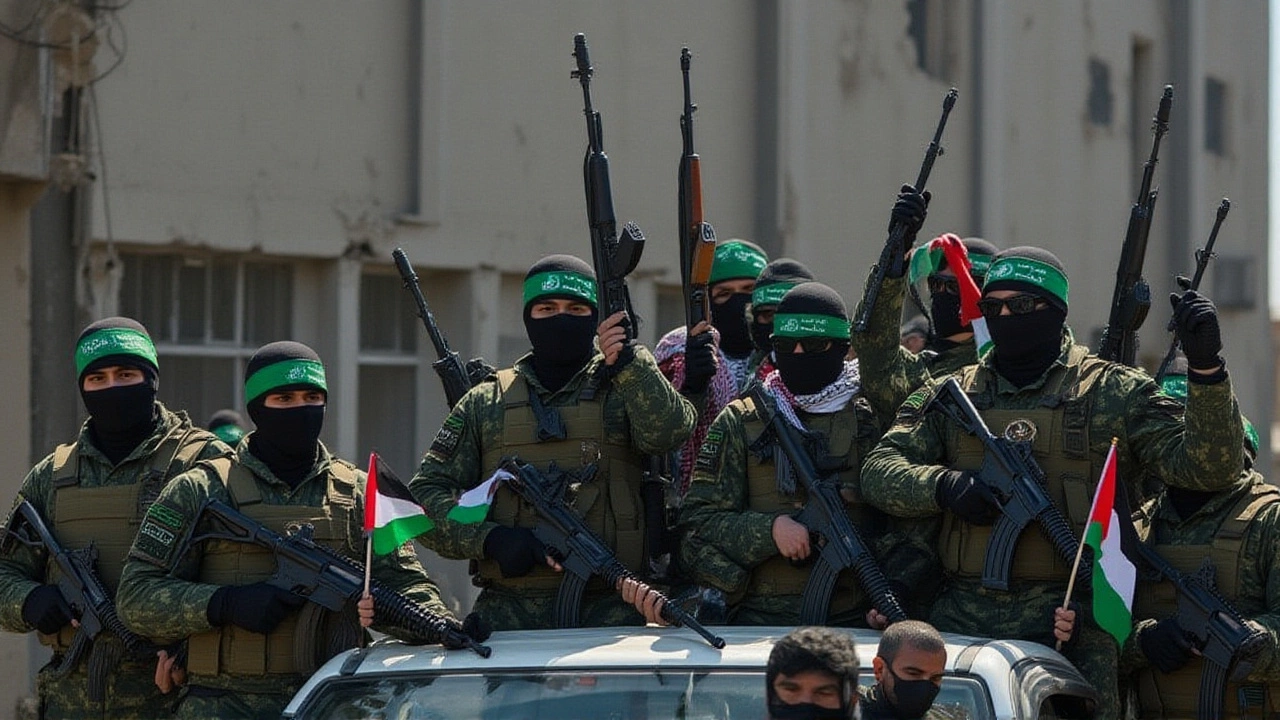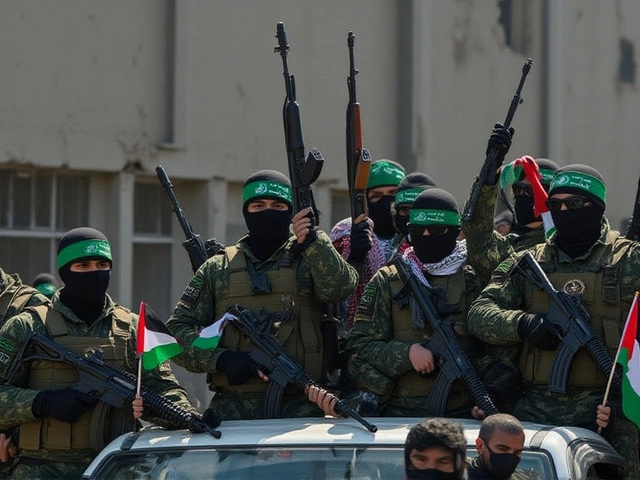When Benjamin Netanyahu, Prime Minister of Israel, announced at 11:47 AM IST that Israel was resuming "full‑force" combat against Hamas, the world watched the sudden collapse of the Gaza ceasefire that had held for 58 days. The statement came minutes after coordinated airstrikes thundered over Gaza City, Khan Yunis and Rafah. The strikes marked the first breach of the "Hostages‑and‑Prisoners Exchange and Armistice" signed on 17 January 2025, a deal brokered by Egypt, Qatar and the United States. Here’s why the snap‑back matters: it re‑ignites a conflict that has already claimed more than 33,000 Palestinian lives and 1,200 Israelis since October 2023, and it threatens to derail a fragile diplomatic pathway that could see Israel withdraw completely from the Gaza Strip and usher in a UN‑led reconstruction effort.
Background to the 58‑Day Truce
After Hamas launched its October 7, 2023 assault that killed 1,200 Israelis and took 253 hostages, the international community scrambled for a cease‑fire that could at least halt the killing and allow a hostage‑prisoner swap. By early 2024, mediators from the U.S. Department of State, the General Intelligence Service of Egypt and Qatar’s Ministry of Foreign Affairs drafted a three‑stage proposal. It called for a six‑week cease‑fire, the release of 136 Israeli captives, and the exchange of 750 Palestinian prisoners, followed by a complete Israeli withdrawal and a three‑to‑five‑year reconstruction program overseen by the United Nations Relief and Works Agency (UNRWA).
Hamas’s political bureau in Doha accepted the plan on 5 May 2024, and President Joe Biden presented it at the White House on 31 May. The United Nations Security Council ratified it as Resolution 2735 on 10 June, setting the stage for the first exchange round on 20 January 2025.
Timeline of the Eight Exchange Rounds
- Round 1 – 20 Jan 2025: 3 Israeli hostages for 39 Palestinian prisoners.
- Round 2 – 27 Jan 2025: 4 hostages for 67 prisoners.
- Round 3 – 3 Feb 2025: 2 hostages for 51 prisoners.
- Round 4 – 10 Feb 2025: 5 hostages for 89 prisoners.
- Round 5 – 17 Feb 2025: 3 hostages for 74 prisoners.
- Round 6 – 24 Feb 2025: 6 hostages for 102 prisoners.
- Round 7 – 3 Mar 2025: 4 hostages for 83 prisoners.
- Round 8 – 10 Mar 2025: 2 hostages for 65 prisoners.
In total, 29 Israeli captives walked out of Gaza while 570 Palestinian detainees were freed. The final 17 Israeli hostages, held in southern Gaza, remained a sticking point. Hamas rejected Israel’s 16 March proposal that would have granted a 14‑day extension to the cease‑fire in exchange for those remaining prisoners.
The Collapse of the Truce on 18 March 2025
At 3:15 PM IST, Netanyahu addressed the nation from the Kirya headquarters in Tel Aviv, declaring, “Israel has resumed combat in full force against Hamas in Gaza, with the wave of airstrikes being just the beginning.” The Israel Defense Forces (IDF) deployed more than 65,000 troops along the Strip’s border and launched a barrage of precision strikes on what it described as “Hamas command‑and‑control centres.”
Meanwhile, Ismail Haniyeh, Hamas’s political leader, condemned the attacks as “a massacre’' and vowed “the resistance will not be silenced.” In Doha, Qatari Prime Minister Mohammed bin Abdulrahman Al Thani called for an emergency meeting of the mediation team, while Egypt’s intelligence chief Abbas Kamel warned that a full‑scale war could push the Gaza refugee population beyond 2 million.

Regional and International Reactions
The United States, still led by President‑elect Donald J. Trump, issued a joint statement with Biden on 15 December 2024 urging Israel to keep the cease‑fire alive. After the March 18 breach, the White House said it was “deeply concerned” and urged “immediate de‑escalation.” European capitals responded with a mix of support for Israel’s right to self‑defence and calls for humanitarian corridors.
Humanitarian organisations report that over 12,000 civilians have fled the targeted neighbourhoods of Gaza City alone, seeking shelter in UN‑run tents. UNRWA warned that its supply chains are on the brink of collapse, citing damage to three of its warehouses during the strikes.
What Comes Next? Prospects for a New Deal
Analysts say the next 48 hours will be decisive. If Israel pushes deep into the north, it could jeopardise the conditions necessary for a renewed prisoner swap. Conversely, Hamas might use the increased pressure to rally international sympathy and demand a fresh mediation round.
U.S. National Security Advisor Jake Sullivan hinted at a “contingency framework” that could involve a renewed UN‑led monitoring mission, while senior Egyptian officials are reportedly preparing a backup proposal that would freeze the exchange numbers but guarantee a 30‑day humanitarian pause.
In short, the war’s trajectory now hinges on whether diplomatic channels can be re‑opened before the next major Israeli ground operation, slated for early April according to unnamed IDF sources.

Key Facts
- Date of cease‑fire collapse: 18 March 2025, 3:15 PM IST.
- Benjamin Netanyahu (Israel), Ismail Haniyeh (Hamas), Joe Biden (U.S.), Donald J. Trump (U.S. President‑elect).
- 12,000 civilians displaced in Gaza City alone; UNRWA warehouses damaged.
Frequently Asked Questions
Why did the cease‑fire end on March 18?
Israel halted the truce after Hamas rejected a proposal to release the final 17 Israeli captives in exchange for a 14‑day extension. Netanyahu said the refusal was a “categorical rejection” and ordered airstrikes as a response.
How many hostages were released under the 58‑day agreement?
The deal saw 29 Israeli hostages freed across eight exchange rounds, while 570 Palestinian prisoners were returned to Gaza.
What role did Qatar and Egypt play in the negotiations?
Qatar’s Prime Minister Mohammed bin Abdulrahman Al Thani and Egypt’s intelligence chief Abbas Kamel co‑mediated the original cease‑fire framework and later convened emergency talks after the March breach, seeking a new humanitarian pause.
What are the humanitarian consequences of the new airstrikes?
UN agencies report over 12,000 civilians displaced from Gaza City, damage to three UNRWA warehouses, and a looming shortage of food, medicine and clean water for a population of roughly 2 million.
Is there any chance the cease‑fire could be reinstated?
Diplomats say a new mediation effort is possible if Israel pauses its ground offensive and Hamas consents to another hostage exchange, but both sides have signaled hardened stances, making a swift renewal unlikely.
- Poplular Tags
- Gaza ceasefire
- Benjamin Netanyahu
- Hamas
- Israel
- hostages exchange











